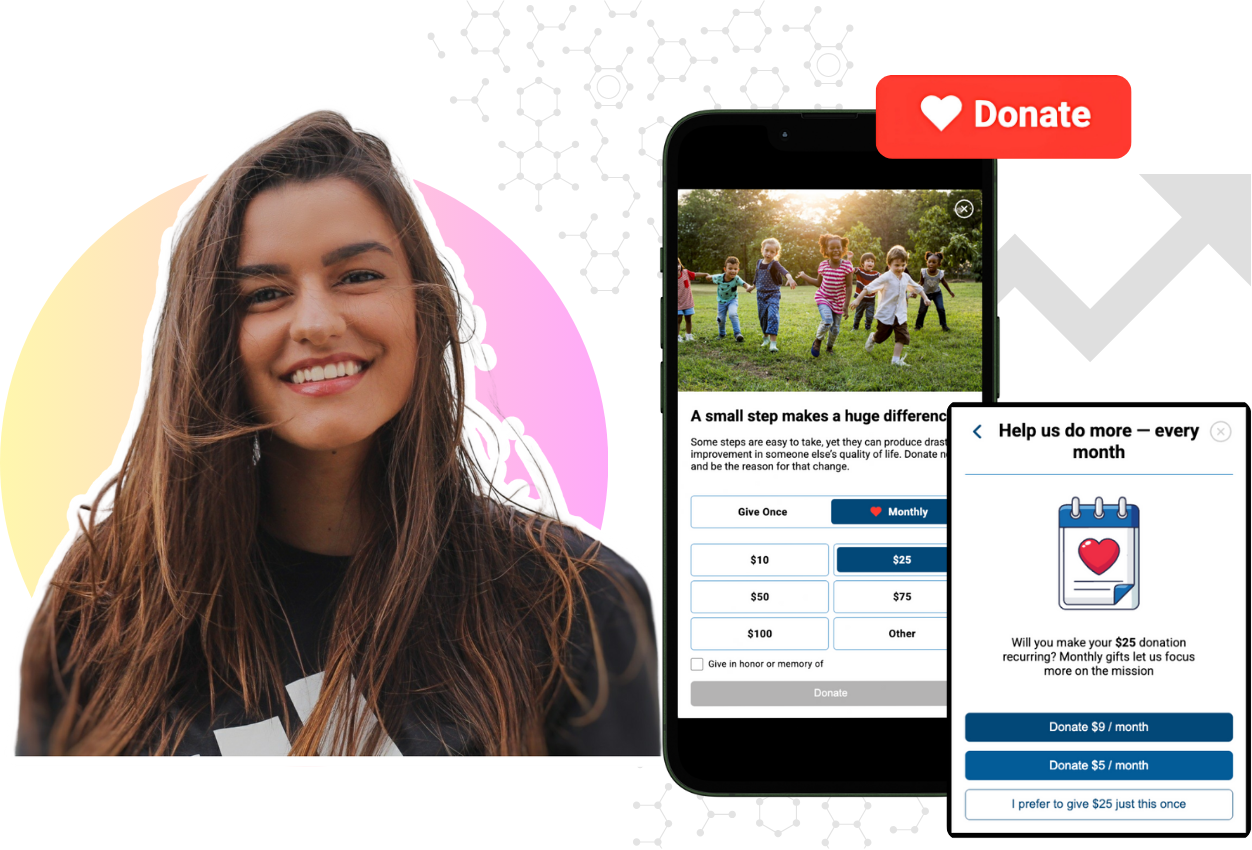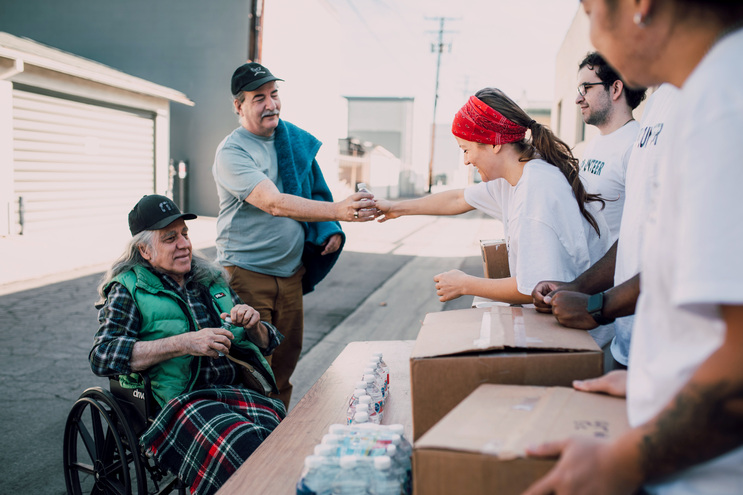How to Get Started in Stock Donation
In general business terms, cash is thought of as king.

Mobile-First Pop-Up Donation Form
Launch mobile-first pop-up forms in minutes, use built-in tools to capture more donations, and optimize the giving experience—no dev team required.
New to online donation pages for your nonprofit? Start here.
Donation page A/B testing - no science degree needed.
Keep your donation page loading fast - and drive higher conversions.

The 4 Types of Online Donation Experiences
89% of donors leave without giving. Learn how to use the right donation form to close the gap and boost conversions.

We all know the importance (and difficulty) of connecting with younger donors, but there might be some very simple things your organization can do to expand that base and deepen existing relationships. Let’s look at some statistics that make this interesting.
Broadly speaking, donors give two types of things: money and noncash goods (or "stuff" as we'll call it). Over 60% report making monetary donations, and nearly 60% report giving stuff. And as you’d probably expect, the percentage of both categories rises steadily with age. What’s interesting is the gap between donation types for the different generations.
Among Millennial (Gen Y) givers, the difference between monetary donations and noncash gifts is two times larger than it is in Baby Boomers and Matures. And the difference is four times larger among Millennials than it is in the generation that’s closest to it in age – Gen X.
An obvious reason for this difference might be that a person collects more stuff as they grow older, so they probably have more things they’re willing to part with. And if the numbers above reflected the dollar amount of goods donated, then that might be the only explanation we’d need. But we’re talking about a majority of Millennial donors not donating any noncash item, when chances are pretty good that most of them have an electronic device or household item of value just sitting in a desk drawer or perhaps in the trunk of their car. Noncash items also include stocks and cryptocurrency, both of which have the potential for high value, but aren't typically donated because many just don't know how.
Let’s explore a few of the things that might be holding them back.
Until recently, receiving a noncash gift online wasn’t a widely available option for most nonprofits. While younger donors are open to receiving communication from nonprofits via direct mail and other channels, they still prefer to respond online. So even if a nonprofit is able to take in certain types of noncash gifts through an offline channel, younger donors are less likely to respond that way.
If you’re looking to increase the number of Gen Y donors making noncash gifts, start by making it easy for them to give their stuff online.
What items are accepted? What’s needed? Just as lots of people across the country still don’t understand which items belong in which recycling bin, many don’t understand which items can be donated either. Of course, this will vary from organization to organization, but how many clicks on your website does it take for someone to find out what types of noncash gifts you accept? Does that information exist in an accessible and helpful format?
Here’s some information you might consider providing to potential donors:
What really happens to the things they donate? You can take items to your local Goodwill drop-off center and assume something good will happen with them. But the specifics are vague. The feeling as you’re driving away is typically one of “Great, I finally got rid of that couch!” not “I’m so glad I was able to help provide a meal for someone in my community.” In other words, it’s not a warm-and-fuzzy experience. It’s a transaction of convenience.
People’s donations of goods have some cash equivalency to your organization. Helping them see that, whether it’s through an infographic or a short video, can go a long way in communicating that just as a monetary donation directly supports your cause, the donation of a good has the same tangible impact.
Nonprofit organizations have an opportunity to close the gap between cash and noncash gifts from young donors. There are a number of immediate benefits to this opportunity, but closing this gap becomes even more important when you think about the effect it could have down the road, as more and more of an individual’s wealth moves into noncash assets. Getting donors accustomed to a holistic ask from the beginning means they’ll be more likely to think of your organization as a place where they can use their wealth, not just their cash.

In general business terms, cash is thought of as king.

The busier and more crowded our lives become, the greater the gap between what remains important to us and all the other things seeking our...
 Read More
Read More